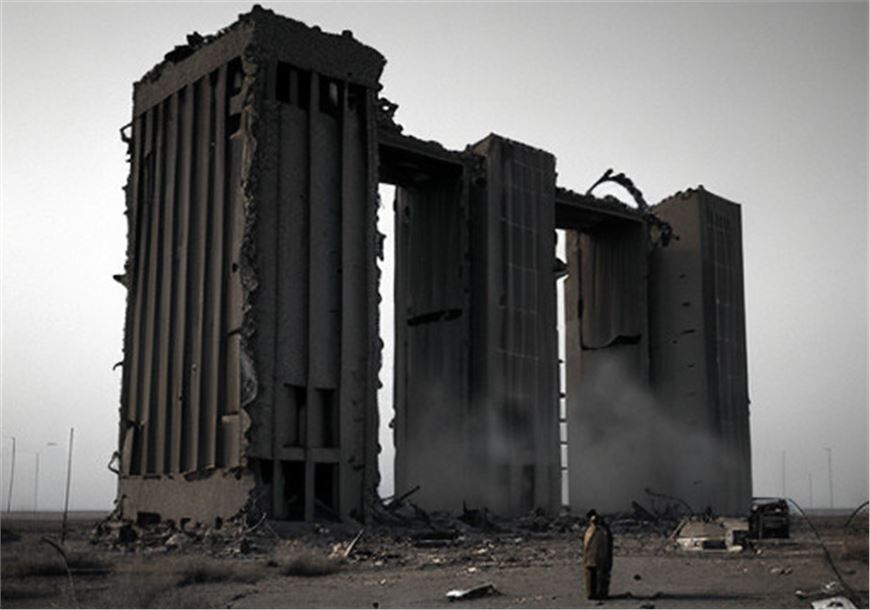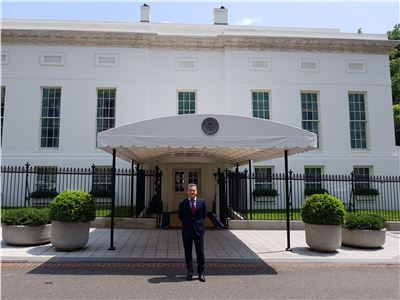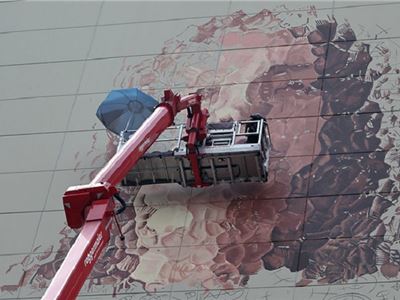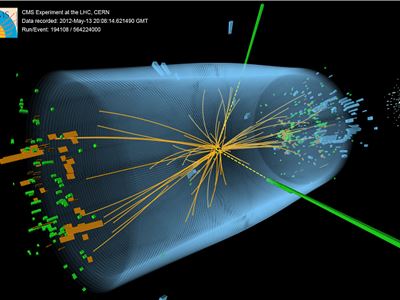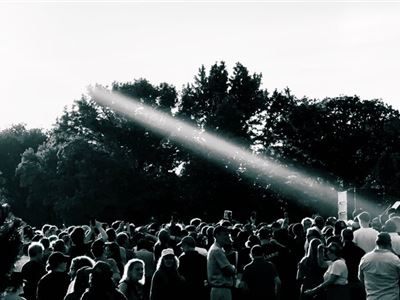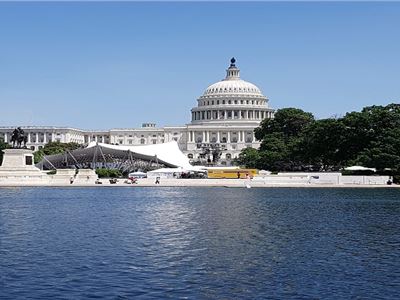Surviving a nuclear attack involves conventional strategies like finding shelter and unconventional ones that might not be widely considered. These could include preparing psychological first aid to deal with trauma, utilizing everyday materials for improvised protective gear against radiation, understanding local flora and fauna for emergency sustenance, leveraging community networks for shared resources and support, and using non-traditional communication methods to stay informed and connected when conventional systems fail. These strategies emphasize adaptability, mental resilience, and community cooperation beyond the standard advice of sheltering and stockpiling supplies.
The story of Sadao Hirano, a survivor of the Hiroshima atomic bomb, provides profound lessons on the resilience of the human spirit amidst unimaginable suffering. Despite enduring severe burns and witnessing the devastation of his city, Hirano's life story exemplifies the capacity of survivors to cope with physical and psychological trauma and transform their experiences into a positive force for peace. His narrative underscores the permanent effects of nuclear weapons, the importance of compassionate care in recovery, and the power of sharing personal stories to advocate for peace and prevent future tragedies.
Surviving a nuclear attack involves understanding the threats and taking appropriate precautions. Here are some key points on how to survive a nuclear attack, including finding suitable shelters:
Preparation is crucial. This includes building an underground bunker, as it offers the best protection against blast waves, heat, and radiation. When planning your bunker, consider location, size, construction materials, and the necessary supplies.
Designate safe meeting places and develop communication plans. Include all family members in the planning process and ensure everyone knows what to do in an emergency.
If building a bunker is not an option, look for basements or other underground spaces that could offer protection. Natural caves and designated fallout shelters are also options, though their availability and safety.
Government Bunkers. While offering potential safety, access to federal bunkers can be difficult and far from your area. Quick access to a shelter is essential, so local options are preferable.
Private and DIY Bunkers. Building your shelter or bunker is recommended if feasible. Ensure it's equipped with the necessary supplies and can support you for the duration needed.
Alternative Shelters. Inactive metal mines, caves, and the basements of sturdy buildings can serve as makeshift shelters. However, the effectiveness of these options varies based on location and condition.
During and After the Attack
Keep a supply kit ready with essentials like water, non-perishable food, a first aid kit, and radiation detection tools. Protective clothing and sanitation supplies are also necessary.
A nuclear explosion generates electromagnetic pulses (EMP), intense heat, blast waves, and radioactive fallout, which can have widespread and long-lasting effects. Knowing how to mitigate these dangers is crucial for survival.
Your kit should include items to help you survive without external resources for at least two weeks. Essentials include drinking water, food, a heat source, a first aid kit with radiation poisoning prevention items, and protective gear.
Post-Attack
After the immediate threat has passed, remove outer clothing to eliminate up to 90% of radioactive material. Showering and cleaning any exposed skin are vital steps in reducing radiation exposure.
Surviving a nuclear attack requires careful planning, preparation, and quick action in the event of an attack. By understanding the risks and preparing accordingly, you can improve your chances of survival in such a catastrophic event.
The importance of community in nuclear attack preparedness cannot be overstated. In the face of such a catastrophic event, individual preparedness, while crucial, may not be sufficient to ensure survival and recovery. A community's collective efforts and resources can significantly enhance its members' resilience and response capabilities. Here are several reasons why the community is vital in preparing for and responding to a nuclear attack:
A community can pool resources such as food, water, shelter, and medical supplies, ensuring better provision for all members than possible individually. Sharing knowledge and skills, such as first aid, construction, and survival techniques, increases the overall capability of the community to cope with the aftermath of a nuclear attack.
In the chaos following a nuclear explosion, public order may be threatened. A community that organizes itself can provide mutual protection and maintain a safer environment, reducing the risks of crime and violence that may arise due to scarcity of resources or general panic.
The psychological impact of a nuclear attack can be devastating. The sense of belonging to a community provides emotional support, helping individuals to cope with stress, fear, and grief. Strong community bonds can boost morale, fostering a sense of hope and determination to rebuild and recover.
Communities that are organized and have established communication and distribution networks can more efficiently allocate external aid that becomes available. This organization ensures that aid reaches those in greatest need and reduces duplication of efforts.
The aftermath of a nuclear attack would require extensive recovery and rebuilding efforts. Communities that work together can more effectively coordinate these efforts, prioritizing needs and leveraging the diverse skills of community members to restore infrastructure, housing, and services more rapidly.
In the event of power and communication infrastructure failures, community-based communication networks, such as radio or messenger systems, can be vital for sharing information about safety, aid, and coordinated actions. Engaging in local emergency planning efforts, establishing neighborhood support networks, conducting joint emergency drills, and participating in local preparedness education programs are essential to build community preparedness for a nuclear attack. Community organizations, local governments, and emergency services should collaborate to develop comprehensive plans that address their communities' unique needs and capabilities.
In conclusion, while individual preparedness is necessary, a community's collective strength, resources, and resilience are indispensable in facing the challenges of a nuclear attack. A strong, prepared, and united community stands a better chance of surviving and recovering from such an event.
by Marie Inge
- Tags:
- Categories:


